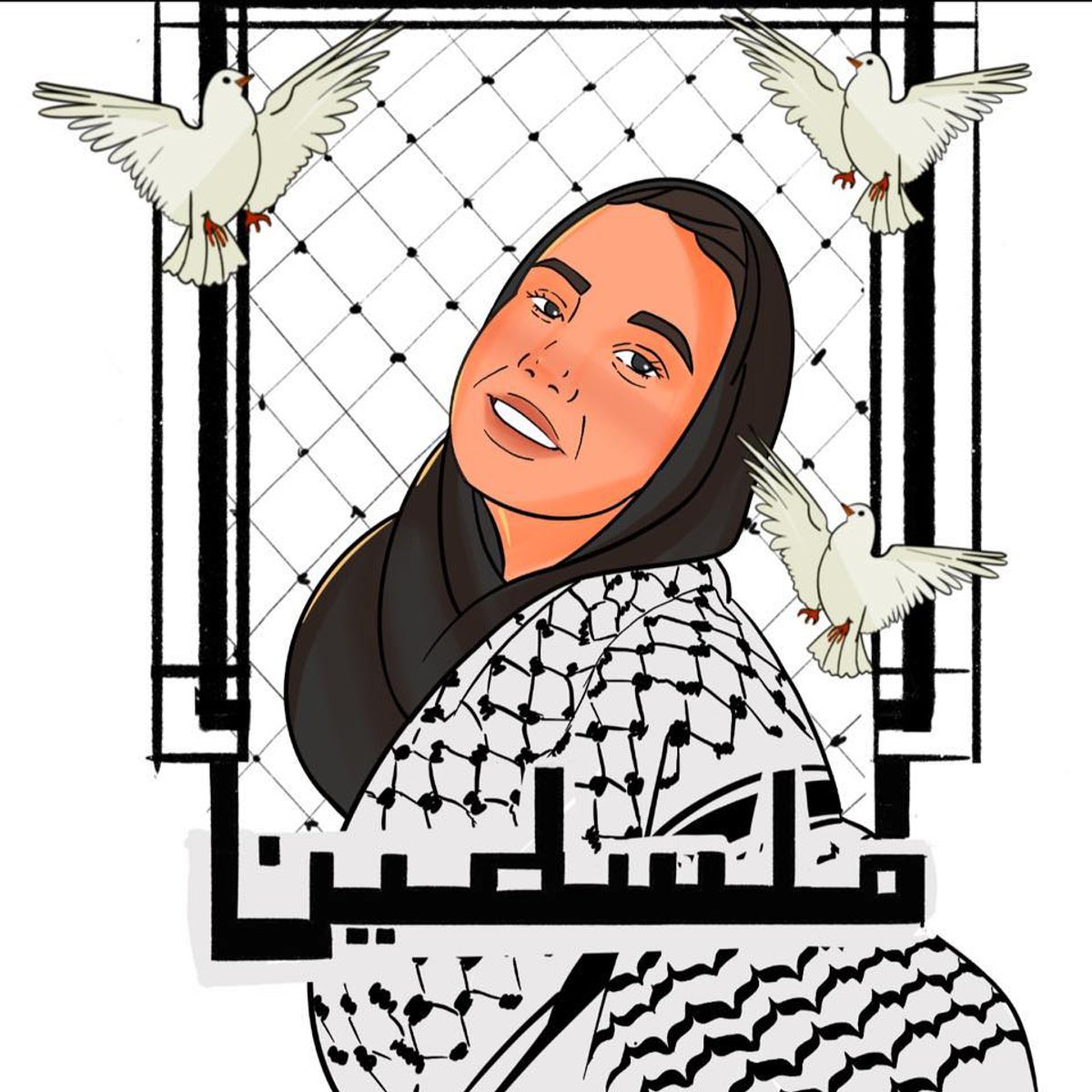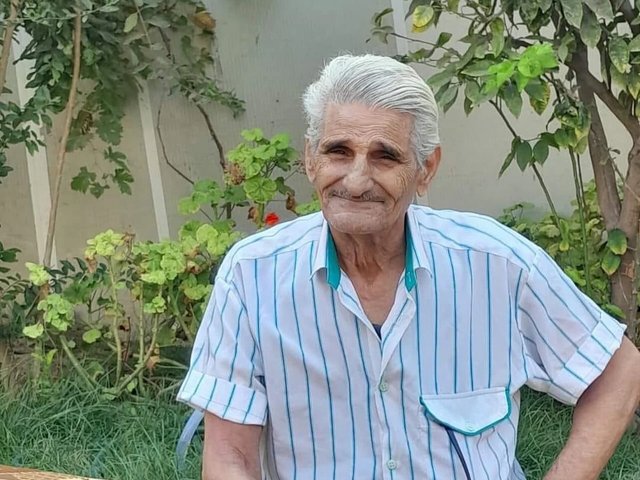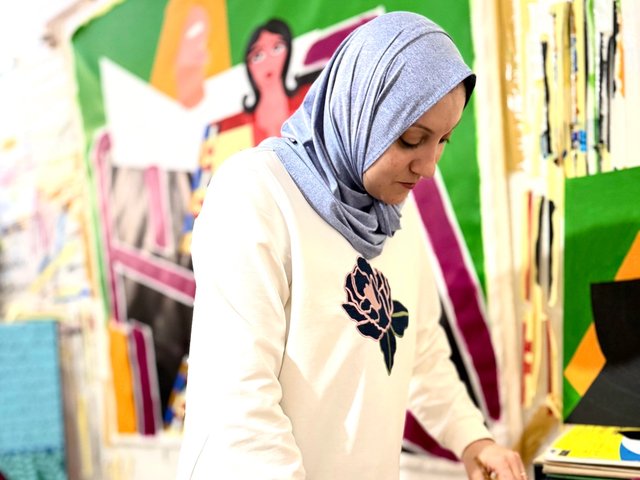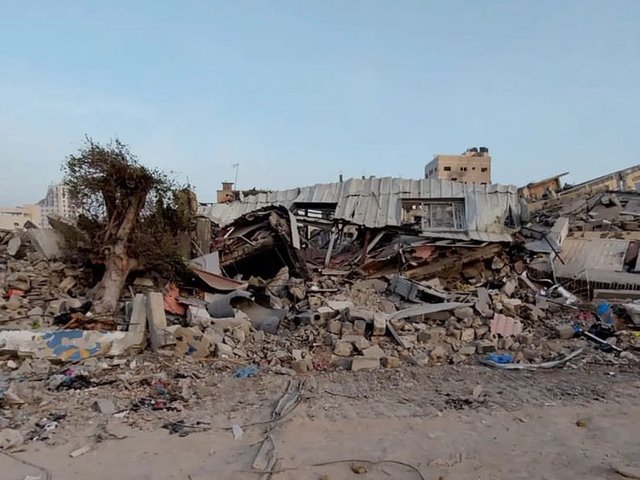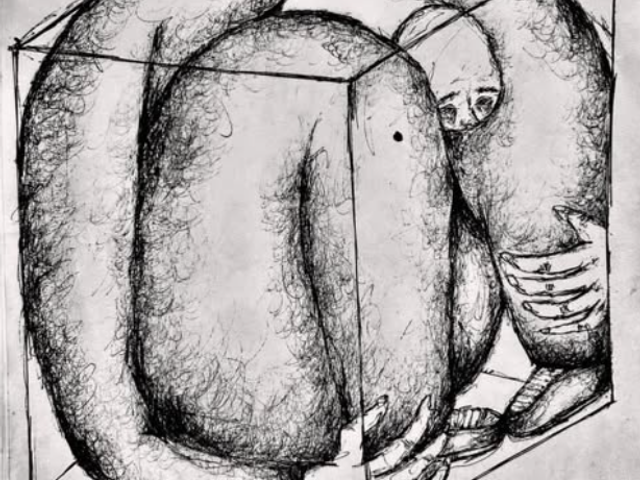When news of the death of Mahasen al-Khateeb, one of Gaza’s most influential digital artists, broke last month, it shocked and devastated her community and supporters. Now, as her story continues to circulate in the media, a fellow artist and friend is asking: why was she not celebrated while she was alive—while she was asking for support?
Al-Khateeb, who was in her early 30s and had accrued more than 100,000 followers on Instagram by sharing her illustration and character design, was killed on 18 October. She died alongside family members in the Jabalia refugee camp in the besieged area of northern Gaza, when an Israeli airstrike reportedly struck the building where she was sheltering.
“Everybody now is speaking about Mahasen and it makes me mad, because when she was alive no one cared about her, about her work and about all the people who work in this industry in Gaza,” Khaled Jadara, a Palestinian visual artist from Gaza and friend of Al-Khateeb, tells The Art Newspaper from France, where he now resides.
Ongoing assault on Gaza
Israel has intensified its military campaign in northern Gaza since the beginning of October, largely cutting off the area from the rest of the Gaza strip. The Israeli military has been accused of limiting aid and communication, forcefully removing Palestinians from the area, and carrying out mass arrests. The United Nations (UN) acting under-secretary-general for humanitarian affairs, Joyce Msuya, said in a statement on X that “the entire population of North Gaza is at risk of dying,” adding that “such blatant disregard for basic humanity and for the laws of war must stop”.
On 1 November, 15 UN and humanitarian organisations issued a statement describing the situation in the north as “apocalyptic”. Signed by the UN high commissioner for human rights, Volker Türk, and the director-general of the World Health Organization, Tedros Adhanom Ghebreyesus, among others, the statement pleaded for all parties fighting in Gaza to protect civilians, while calling on Israel to “cease its assault on Gaza and the humanitarians trying to help”.
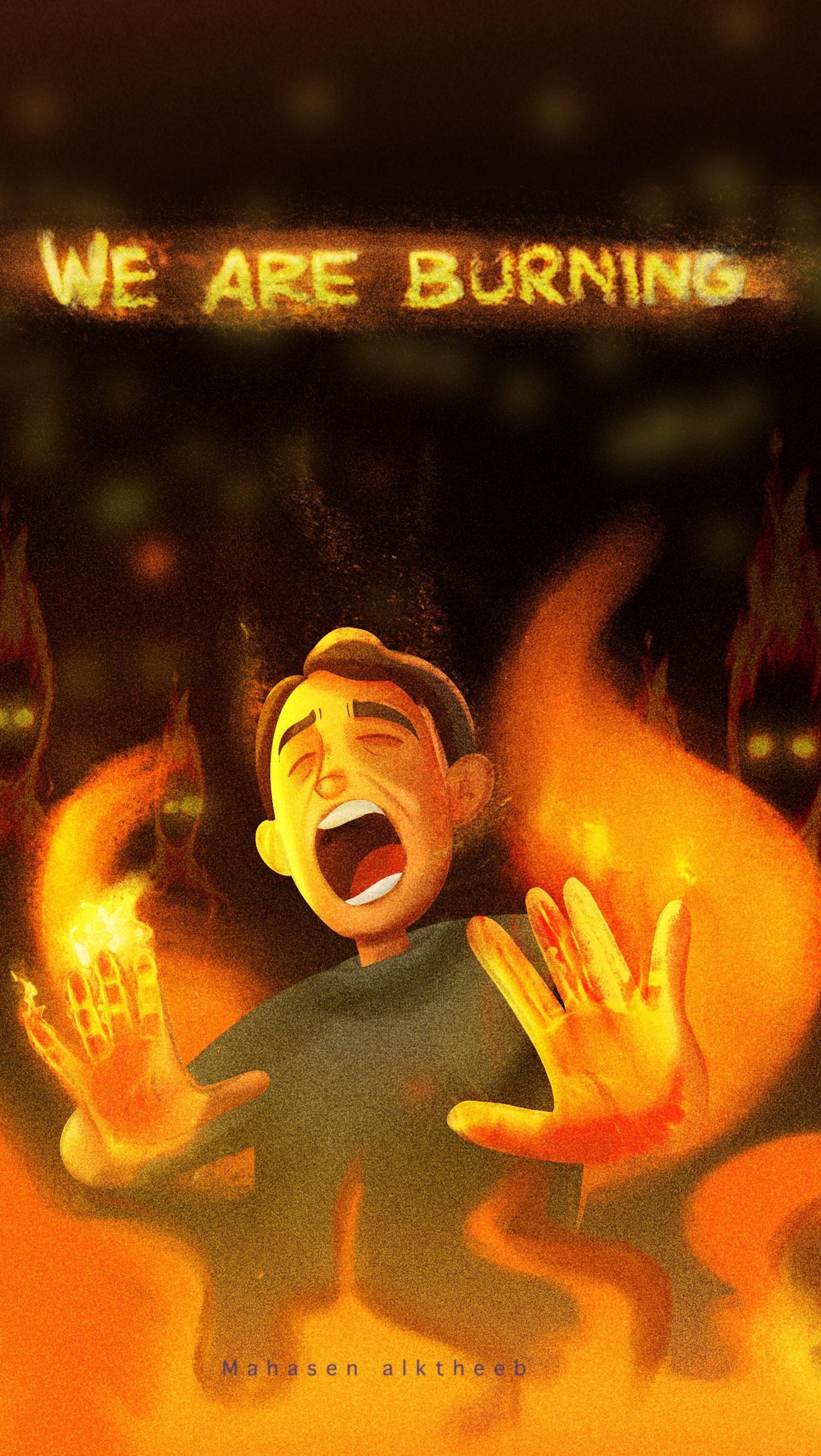
In a final post to her Instagram account, Al-Khateeb’s depicted Sha’ban al-Dalou, a 19-year-old who made global headlines a few days prior when chilling videos emerged of him being burnt alive
Jadara, who is still in shock and denial following Al-Khateeb’s death, as he is following the deaths of other friends, explains that illustrative artists are rarely regarded as serious artists, particularly in Gaza. He feels the arts community fails to provide them with the recognition they deserve.
He highlights that, despite Al-Khateeb’s exceptional talent and her pleas for support during the war, her work did not receive much attention from the arts community until after her death. “It’s not fair. Why didn’t she get appreciated before?”, he asks.
“We are burning”
Al-Khateeb’s death came just hours after she published her final illustration to her Instagram account, in which she payed tribute to Sha’ban al-Dalou. The 19-year-old made global headlines a few days prior when chilling videos emerged of him being burnt alive, still connected to an IV, outside of al-Aqsa Hospital in Deir al-Balah, during an Israeli bombing of the hospital. Al-Khateeb captioned the piece “we are burning”.
Around 2013, when there were no institutes offering digital art courses in Gaza, Jadara recalls how Al-Khateeb taught herself how to design characters and use the relevant software by watching YouTube tutorials. Together, they had to troubleshoot many issues on their own, as the advanced tools they required were only available through paid tutorials that neither could afford. As a result, they often consulted each other on techniques and methods.
Once Al-Khateeb gained confidence in her skills, she set up courses to teach others in Gaza, and encouraged anyone interested in digital art. With no publishing houses in Gaza, she worked for clients in Arab countries, on projects such as children books. “She was super nice, friendly, very hard-working, talkative and always laughing,” Jadara says.
During the war, Al-Khateeb’s passion for sharing her hard-earned knowledge led her to offer free online classes. She did this despite the hardships she faced, which included multiple displacements and a lack of access to food and basic necessities. Several of her social media posts show the ruins of a building she had transformed into her workspace and living space.
No safe place
Until her death, Al-Khateeb worked tirelessly to document her struggles living in northern Gaza. She posted about both her fear of leaving home and of staying there, her confusion over the starvation and blocked aid, and her frustration with the canned food that was causing her stomach issues. Often, she transformed these tribulations into works of art, depicting joyful moments when her family finally obtained a bag of flour or a chicken.
Admitting to several close encounters with death and seemingly predicting her own demise, Al-Khateeb posted a picture of herself to Facebook in January with the caption, “because when I die, you will be able to find a photo of me”. Her Facebook account has since been removed.
More than 43,000 Palestinians have been killed since the start of the conflict, says the local health ministry. Meanwhile, around 90% of Gaza's population has been forcibly displaced, according to the UN. Israel began its invasion of Gaza after the events of 7 October 2023, when an attack by Hamas killed 1,200 Israelis, and saw 253 people taken hostage, according to Israeli tallies. The conflict has also since spread across the region.
In early October 2024, the UN warned that an estimated more than 400,000 people in northern Gaza faced Israeli evacuation orders, amid ongoing airstrikes and ground operations. In a now-deleted Facebook post, Al-Khateeb expressed that there was no point in leaving northern Gaza, as there was no safe place anywhere in Gaza.


